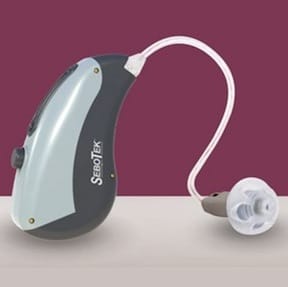What Would be a Preferred Hearing Aid Performance?
Would a consumer select the same hearing aid performance as was recommended by an audiologist if given a choice among different signal processing schemes? The topic of a preferred hearing aid has been the topic of this series of posts over the last three weeks.
Results show that there is not agreement, at least for four different hearing aid algorithms (different hearing aid operating systems) as reported in this study. This post will conclude the series, providing results of consumer preference comparisons from two countries for the same study, the preferred algorithms in different listening environments, speech intelligibility in noise with their preferred algorithms, and SNR intelligibility comparisons among the provided algorithms.
Country Comparisons
Results from the past three posts were from a study conducted in the U.S. Would the results be similar to those found in the U.S. if conducted with subjects in a different country – in this case, the Netherlands? Individual algorithm preferences in the Netherlands showed the same inconsistency between the subject algorithm preferences versus those recommended by a group of audiologists. Because individual algorithm preferences in the Netherlands showed the same inconsistency between audiologists’ recommendations and subject preferences, they will not be duplicated here. Instead, a few graphs have been selected to provide additional information not measured in the U.S. study.
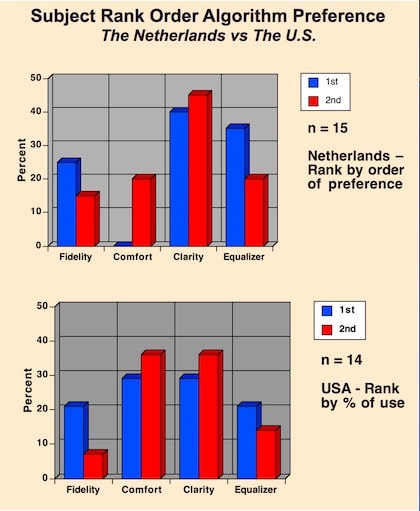
Figure 1. Signal processing algorithm rank order preference differences between subjects from The Netherlands and the United States, for the same study.
Subject algorithm preferences between the two countries for first and second rank order are shown in Figure 1. The Clarity algorithm was ranked highest for first and second choice by subjects in The Netherlands. In the U.S., the Comfort and Clarity algorithms were rank ordered the same, with both being the preferred algorithms. The Comfort algorithm showed the greatest difference between the two countries. There seems to be no logical explanation for this. In general, the results show that there appears to be little consistency in how subjects rank order the algorithms they prefer, regardless of country.
Preferred Algorithm in Different Listening Environments
Subjects were asked to rank order their algorithm preferences when listening in the following common environments in The Netherlands study: quiet, party, car, street, and music (Figure 2). The Clarity algorithm was the clear winner, ranking first or tied for first in every listening environment other than music. This was followed closely by the Equalizer algorithm.
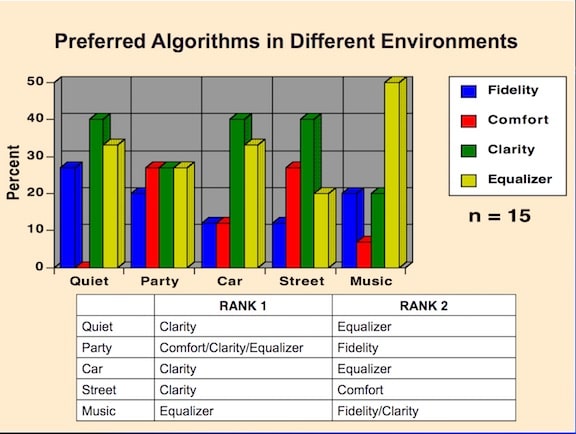
Figure 2. Subjects’ preferred algorithms (rank ordered 1 and 2) when listening in the environments identified, and when allowed to adjust between the four different algorithms used in this study.
Speech Intelligibility in Noise with Preferred Algorithm
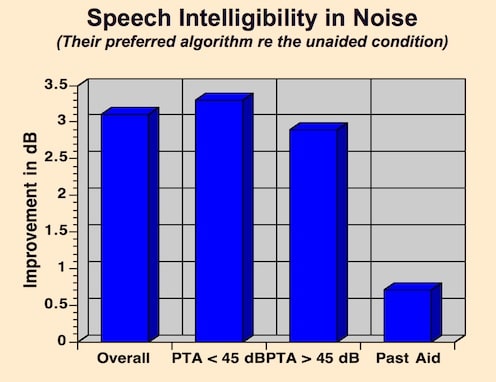
Figure 3. Speech intelligibility (SNR) when listening in noise. Each 1-dB improvement translates to a 9.6% intelligibility score increase.
The results of speech intelligibility, as expressed in signal noise ratio (SNR) when listening in noise, is shown in Figure 3 for the subjects’ preferred listening algorithm. The graph shows the overall score for all fifteen subjects, for those having a pure-tone audiogram less than 45 dB, for those having a pure-tone average greater than 45 dB, and a comparison to their past hearing aid. The algorithm subjects preferred provided improved listening in noise when compared with their current hearing aid, regardless of the hearing levels as expressed by the pure-tone average (PTA).
SNR Intelligibility Improvement by Algorithm
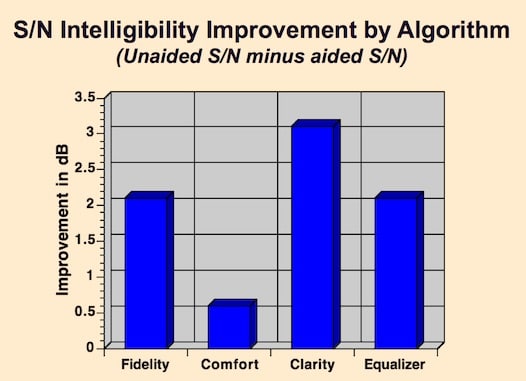
Figure 4. Average SNR (signal noise ratio) improvement for each of the algorithms when all subjects are measured on each algorithm.
Do each of the algorithms provide equal SNR improvement when compared with each other? Figure 4 showed the SNR improvement with subjects when tested across all algorithms. It shows that the Clarity algorithm provided the best SNR improvement, with the Comfort algorithm showing the least SNR improvement. So, for the algorithms under investigation, it appears that the algorithms do not provide equal SNR improvement.
Summary
Experienced hearing aid wearers were provided with an open platform system in which they were allowed to move back and forth and select between four different but common algorithms (meaning four different hearing aid operational characteristics). These algorithms, (Fidelity, Clarity, Comfort, and Equalizer) are not to be confused with selecting among different listening environments (Quiet, Noise, Music, Restaurant, etc.), which is a common feature in current hearing aids. In essence, each algorithm is essentially a different hearing aid. The study purpose was to determine if the algorithm recommended by an audiologist would be the same as what the consumer would prefer following a two-month period during which subjects wore this system (BTE hearing aid and remote algorithm selector). Results showed that there was essentially no agreement.
The investigation results provide lingering questions about hearing aid selection – what do we really know about hearing aid selection? Overall, results from this study show:
- Similar hearing thresholds are not satisfied by the same hearing aid signal processing scheme,
- Appropriate hearing aid circuitry is not as accurately predicted as one might be led to believe,
- Signal processing preferences by hearing aid users change over time,
- Patients/clients/consumers’ signal processing preferences bear little resemblance to recommendations made by audiologists,
- Patients/clients/consumers are interested in participating in their hearing aid selection.



